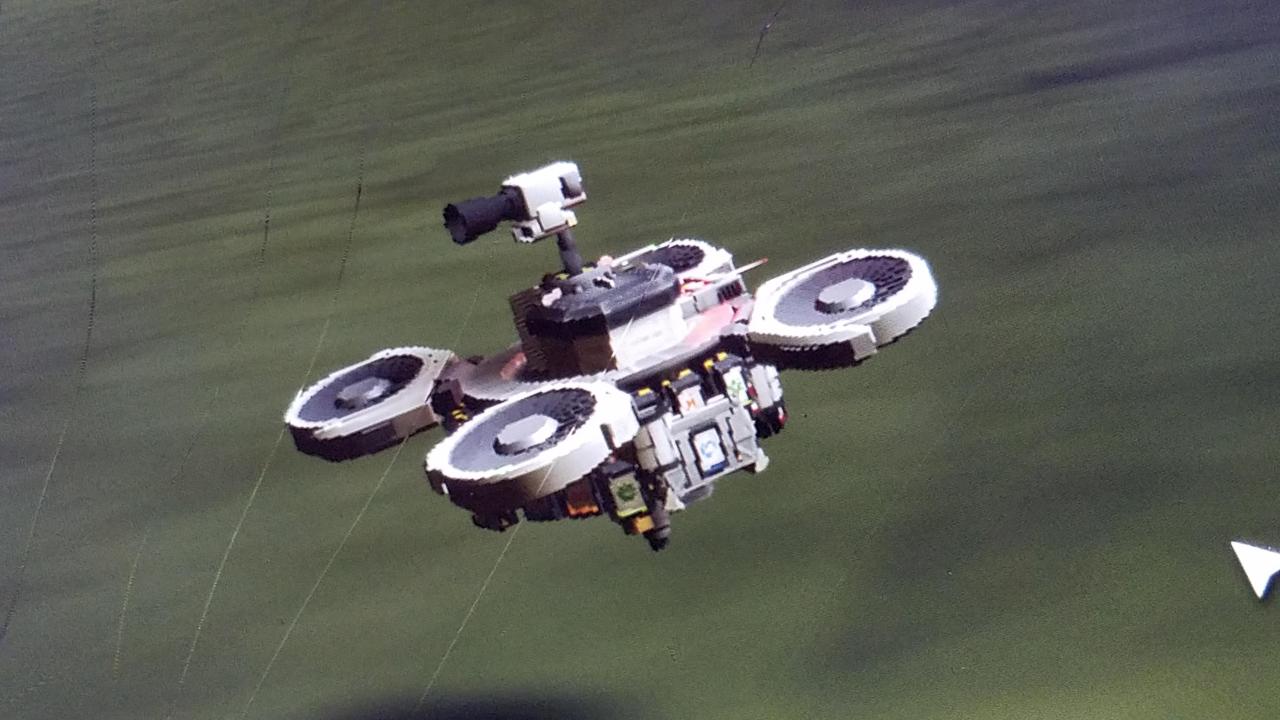Sky elements drones are revolutionizing how we gather atmospheric data. This technology allows for unprecedented access to previously difficult-to-reach areas, enabling detailed analysis of wind patterns, temperature gradients, precipitation levels, and other crucial atmospheric components. The integration of sophisticated sensors and advanced flight control systems facilitates the collection of high-resolution data, providing valuable insights across diverse industries.
This exploration delves into the multifaceted aspects of utilizing drones for sky element monitoring, encompassing the technical challenges, safety considerations, data analysis techniques, and future potential of this rapidly evolving field. We’ll examine how drones interact with various atmospheric conditions, the types of data acquired, and the innovative applications emerging in areas like meteorology, agriculture, and construction.
Sky Elements and Drone Technology: A Comprehensive Overview
The integration of drone technology with atmospheric data acquisition is rapidly transforming various sectors. This exploration delves into the multifaceted relationship between drones and sky elements, encompassing the challenges, opportunities, and future implications of this dynamic field.
Sky Elements: Defining the Scope
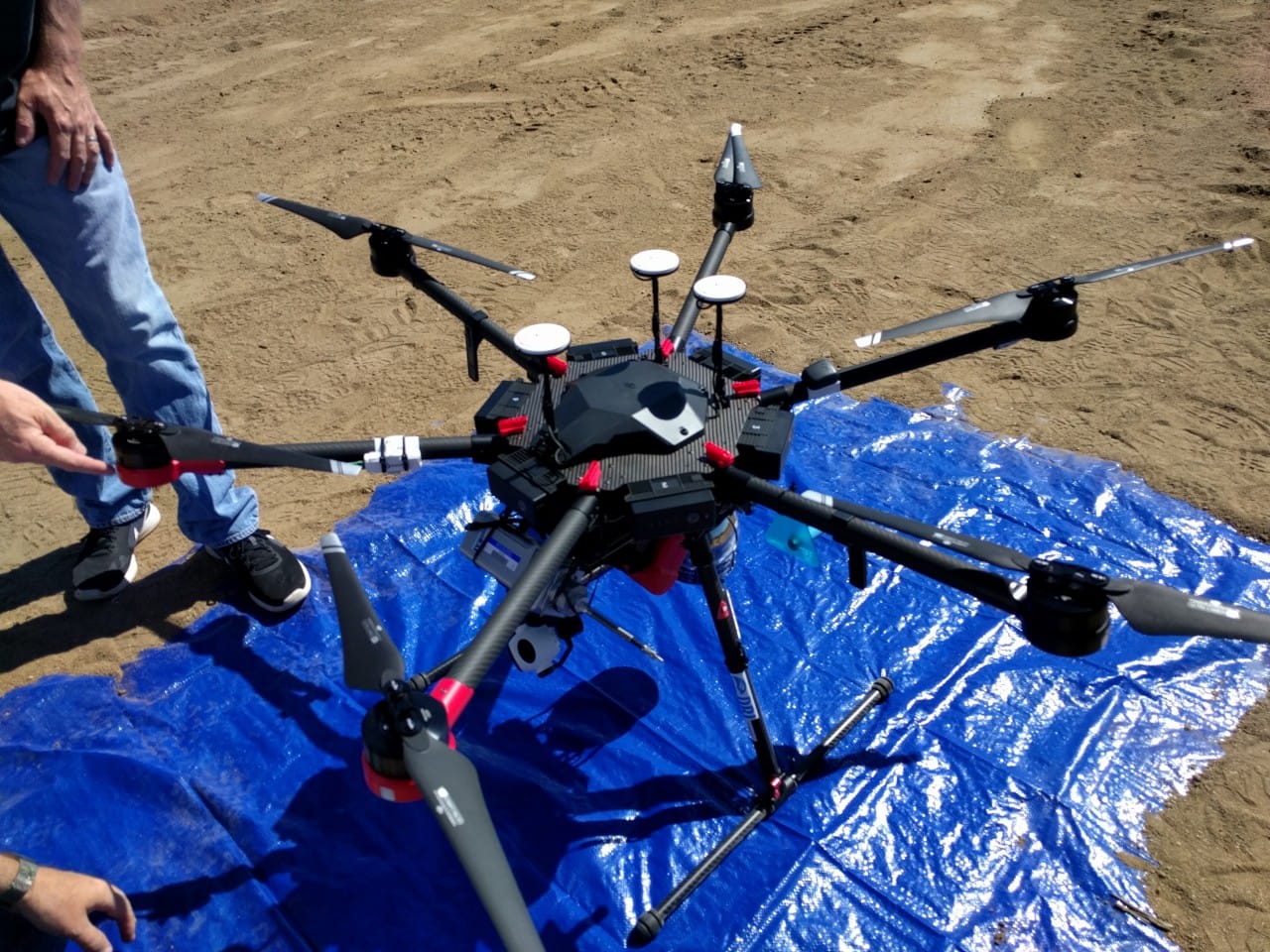
Sky elements, in the context of drone operations, encompass a wide range of atmospheric conditions and phenomena that significantly impact flight performance and data acquisition. These include wind speed and direction, temperature, humidity, precipitation (rain, snow, hail), cloud cover, visibility, atmospheric pressure, and solar radiation. Integrating drone technology with these elements presents both significant challenges and exciting opportunities for data collection and analysis across various industries.
The challenges lie in mitigating the risks associated with adverse weather conditions, ensuring safe drone operation, and accurately collecting data in dynamic atmospheric environments. Opportunities arise from the ability to gather real-time, high-resolution data from previously inaccessible areas, leading to advancements in weather forecasting, environmental monitoring, and precision agriculture, among other fields. A variety of sensors and payloads, including GPS, IMU, barometers, anemometers, cameras (visible and infrared), lidar, and radar, are utilized to collect this crucial data.
Drone Technology and Sky Elements Interaction, Sky elements drones
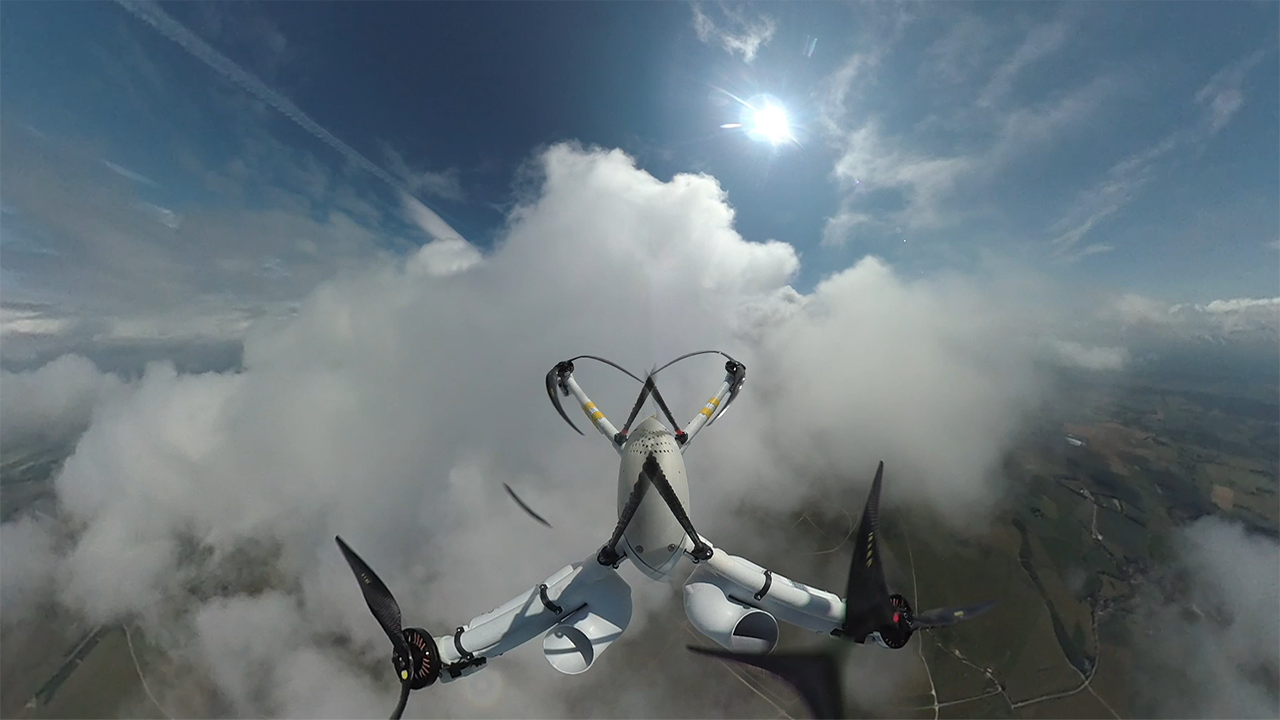
Different weather conditions significantly affect drone flight performance. Strong winds can destabilize flight, reducing maneuverability and potentially causing crashes. High temperatures can reduce battery life and affect the performance of electronic components. Precipitation can impair visibility, damage sensitive equipment, and increase the risk of electrical shorts. Methods to mitigate these risks include incorporating advanced flight control systems, employing weather forecasting tools to schedule flights during optimal conditions, and utilizing specialized weather-resistant drones and equipment.
The increasing sophistication of sky elements drones, particularly in terms of their navigation and payload capabilities, raises significant concerns about potential misuse. Recent events, such as the kazan drone attack , highlight the urgent need for robust counter-drone technologies and stricter regulations. Understanding the vulnerabilities of these systems is crucial for ensuring responsible development and deployment of sky elements drones in the future.
A real-time monitoring and prediction system for sky elements affecting drone operations would integrate various data sources. This system would utilize weather forecasts, real-time sensor data from the drone and ground stations, and potentially machine learning algorithms to predict changes in atmospheric conditions and adjust flight plans accordingly.
| Component | Functionality |
|---|---|
| Weather Data API Integration | Retrieves real-time and forecasted weather data for the drone’s operational area. |
| Drone-Based Sensors | Provides real-time data on wind speed, temperature, humidity, and pressure. |
| Ground Station Monitoring | Monitors drone status, sensor data, and environmental conditions. |
| Predictive Algorithm | Analyzes data from various sources to predict future atmospheric conditions. |
Data Acquisition and Analysis from Sky Elements using Drones
Data acquisition involves deploying drones equipped with appropriate sensors to collect information on sky elements. For instance, measuring wind speed might involve using an anemometer, while assessing temperature and humidity requires dedicated sensors. Image data collected by cameras can be used to determine cloud cover and visibility. This data is crucial for various industries.
Sky elements drones offer exciting possibilities for aerial photography and surveillance, utilizing advanced technology for precise flight control. Interestingly, the logistical challenges of tracking Santa’s global journey, perhaps even using such drones, might be considered; you can find out more about tracking options via the norad santa tracker phone number. Returning to drones, their applications continue to expand across various sectors, promising innovative solutions for the future.
In agriculture, drone-collected data on temperature, moisture, and vegetation health enables precision irrigation and fertilization, optimizing crop yields. In meteorology, drones provide valuable data for weather forecasting, particularly in areas with limited ground-based weather stations. In construction, drones can monitor atmospheric conditions to ensure safe and efficient operations, especially in high-altitude projects.
- Data Download: Retrieve data from drone’s onboard storage.
- Data Cleaning: Remove corrupted or irrelevant data points.
- Data Calibration: Adjust sensor readings to account for biases and environmental factors.
- Data Processing: Convert raw data into usable formats (e.g., maps, graphs).
- Data Analysis: Interpret processed data to identify trends and patterns.
- Report Generation: Create reports summarizing findings and insights.
Safety and Regulations concerning Drones and Sky Elements
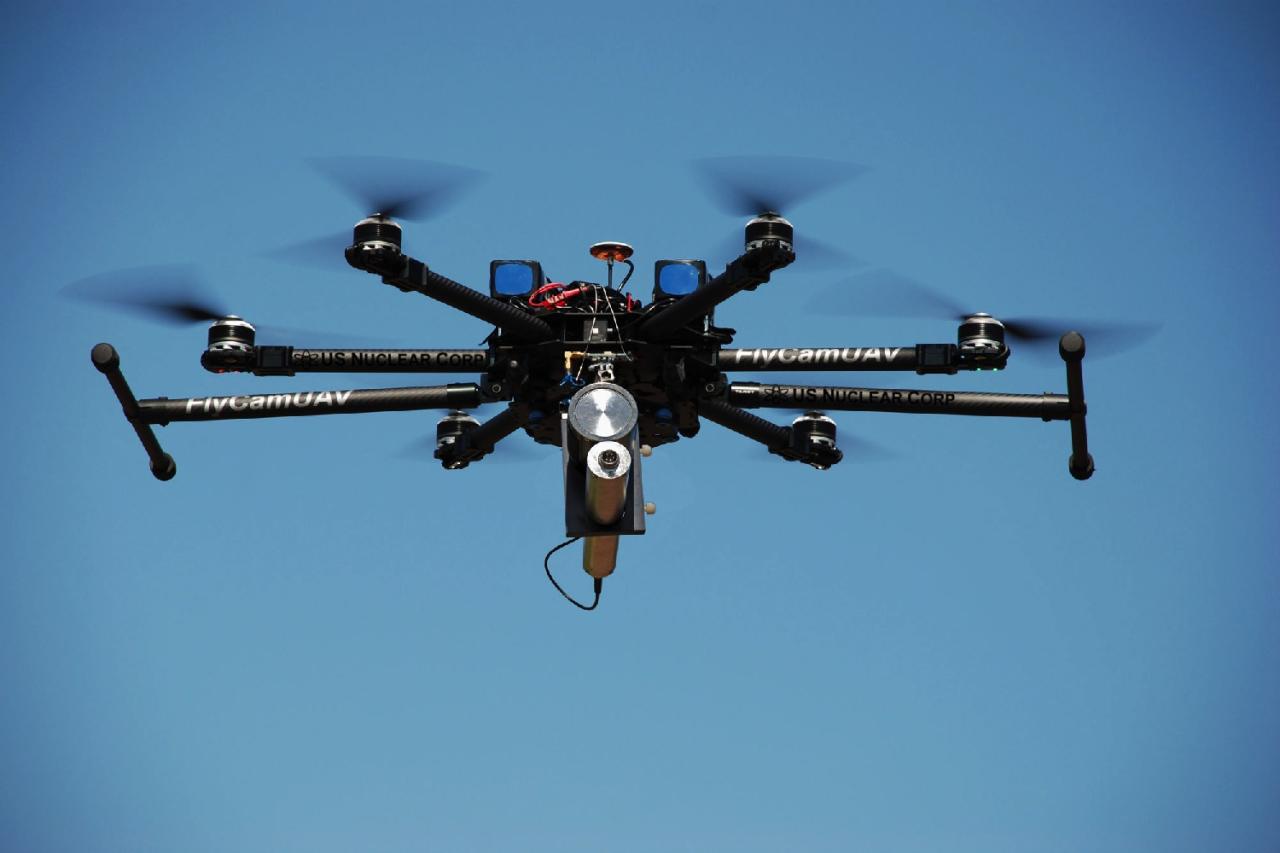
Operating drones in diverse atmospheric conditions necessitates stringent safety measures. Factors such as reduced visibility, strong winds, and precipitation significantly impact flight safety. Adherence to established regulations and guidelines is paramount. These regulations often dictate maximum wind speeds, altitude restrictions, and operational limitations in various weather conditions.
The increasing sophistication of sky elements drones, particularly in their navigation and payload capabilities, raises important questions about their potential misuse. Recent events, such as the kazan drone attack , highlight the urgent need for robust countermeasures and stricter regulations. Understanding the technology behind these drones is crucial for developing effective strategies to mitigate future threats to airspace security and public safety, ultimately ensuring responsible development of sky elements drones.
A drone’s flight path avoidance system would incorporate real-time weather data and predicted adverse sky elements. The system would analyze this information to identify potential hazards and automatically adjust the flight path to avoid these areas. For example, if strong winds are predicted in a specific region, the system would reroute the drone around that area, ensuring safe operation.
Future Applications and Trends
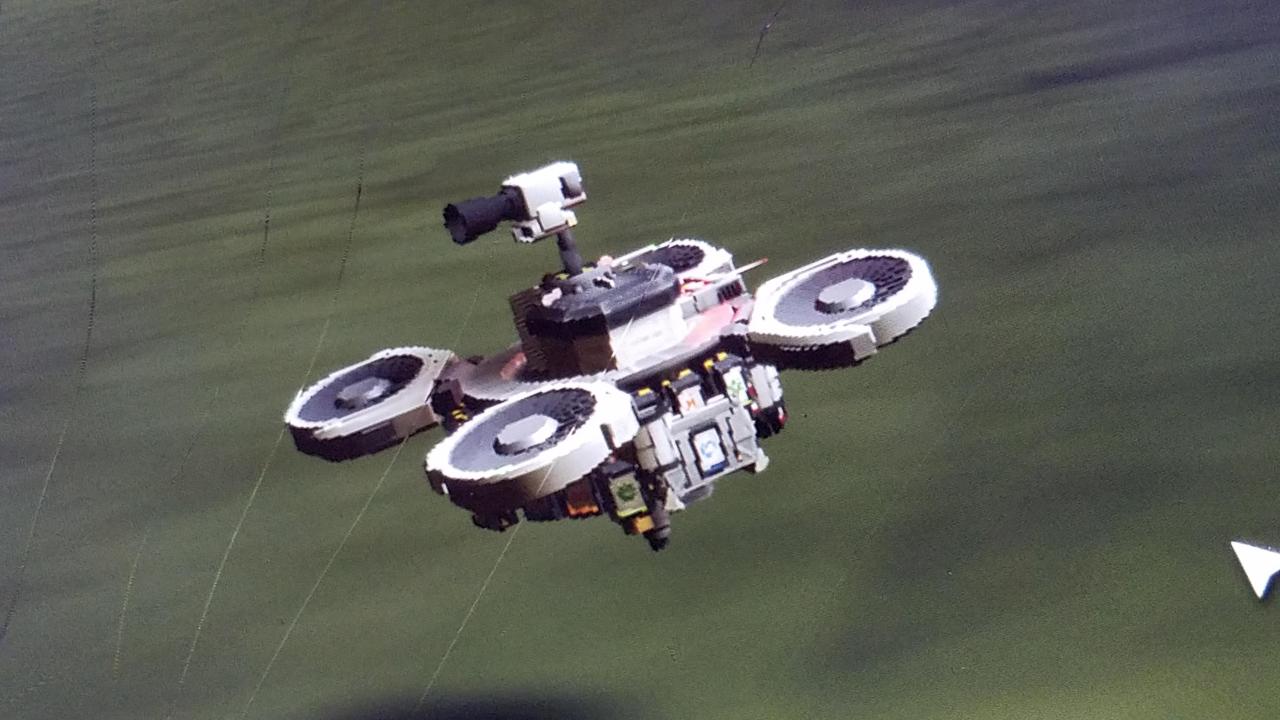
Future applications of drone technology in sky element monitoring include the development of autonomous drone swarms for large-scale atmospheric data collection, the integration of advanced sensor technologies for more precise measurements, and the use of artificial intelligence for real-time data analysis and predictive modeling. Innovative technologies like improved battery life, enhanced sensor accuracy, and more robust drone designs are enhancing the interaction between drones and sky elements.
Collaborative drone systems will play a crucial role in enhancing sky element monitoring and data collection. Multiple drones working together can cover larger areas, providing more comprehensive data sets. This coordinated approach will improve the accuracy and reliability of atmospheric data, leading to significant advancements across various fields.
The use of drones for sky element monitoring represents a significant advancement in data acquisition and analysis. The ability to collect real-time, high-resolution data from diverse atmospheric conditions offers invaluable benefits across multiple sectors. While challenges remain, particularly concerning safety and regulatory compliance, the continued development of drone technology and sophisticated data processing techniques promises to further unlock the potential of this powerful tool, providing more accurate weather forecasting, improved agricultural practices, and safer infrastructure management.
Expert Answers: Sky Elements Drones
What are the limitations of using drones for sky element monitoring?
Limitations include battery life restricting flight time, susceptibility to adverse weather conditions (strong winds, heavy rain), and regulatory restrictions on flight zones and altitudes.
How accurate is the data collected by sky element drones?
Accuracy depends on sensor quality, calibration, and environmental factors. Data processing and analysis techniques further refine accuracy, but inherent limitations in sensor technology and atmospheric variability exist.
What safety measures are essential when operating sky element drones?
Essential safety measures include pre-flight checks, adherence to airspace regulations, visual observers, emergency protocols, and the use of redundant systems to mitigate risks.
